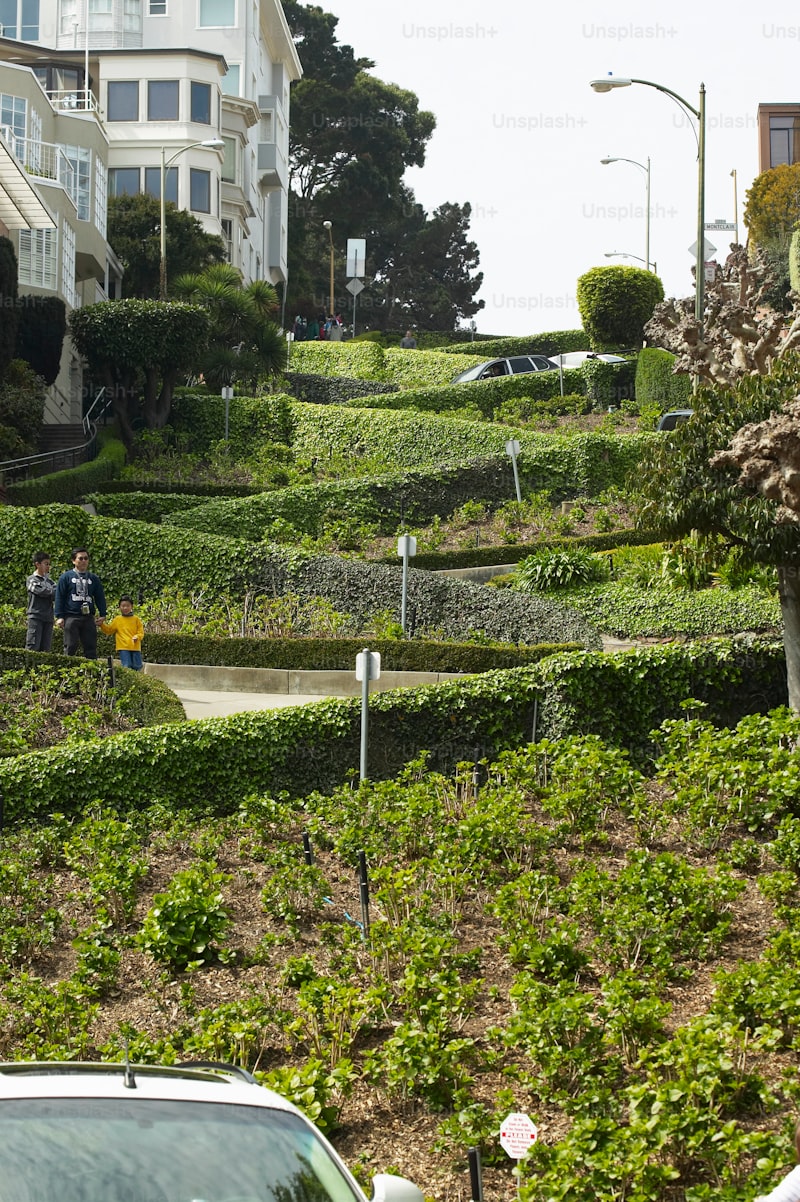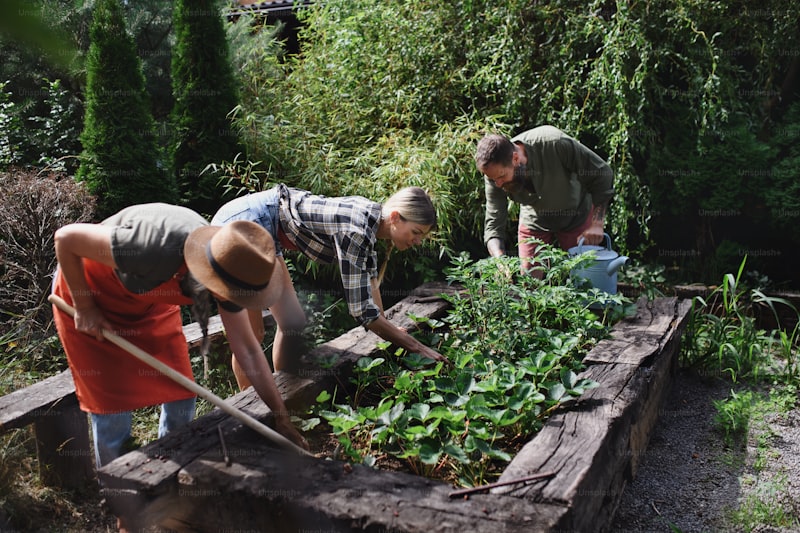One of the most significant advantages of community gardens is their ability to promote healthier eating habits. By growing fresh fruits and vegetables locally, residents gain easy access to nutritious produce. This accessibility is crucial in areas where grocery stores offering fresh options are scarce. Families can harvest ingredients for their meals right from the garden, ensuring they consume wholesome, organic foods that contribute to their well-being.
Beyond health benefits, community gardens serve as educational platforms. They provide opportunities for people of all ages to learn about gardening techniques, environmental stewardship, and the lifecycle of plants. Schools often integrate these gardens into their curriculum, offering students hands-on lessons in biology and nutrition. Elderly community members, too, share their wisdom, creating an intergenerational exchange of knowledge that enriches everyone involved.
Furthermore, these gardens enhance social cohesion within neighborhoods. They serve as gathering spots where friendships are cultivated alongside crops. Imagine sharing stories and laughter over a bed of tomatoes or exchanging tips on pest control while tending to squash plants. These interactions build a sense of belonging and solidarity among residents, fostering a supportive community spirit.
Environmentally, community gardens contribute to sustainability by promoting local food production and reducing the carbon footprint associated with transporting goods over long distances. They also help improve air quality and biodiversity by introducing green spaces into urban areas.
Community gardens are more than just spaces to grow plants; they are vital community assets that promote health, education, social cohesion, and environmental sustainability. By nurturing these gardens, communities can reap the benefits of a greener, healthier, and more connected future.
Growing Together: How Community Gardens Foster Social Bonds and Well-being
One of the most remarkable aspects of community gardens is their ability to bring people from diverse backgrounds together around a common passion: gardening. Whether you’re a seasoned gardener or a novice with a curiosity for greenery, these gardens offer a welcoming environment where everyone can contribute and learn. It’s like a collaborative painting where each stroke adds depth and beauty to the collective canvas.
In today’s fast-paced world, these gardens serve as tranquil sanctuaries where individuals can escape the hustle and bustle of daily life. Amidst the rows of tomatoes and sunflowers, there exists a peaceful retreat where people can unwind, reconnect with nature, and recharge their spirits. It’s a refreshing contrast to the concrete jungle, reminding us of our deep-rooted connection to the Earth and each other.
But community gardens are not just about relaxation; they also serve as educational platforms. From teaching children the importance of sustainable living to sharing gardening tips among adults, these gardens provide valuable lessons in environmental stewardship and healthy living. It’s hands-on learning at its finest, where theory meets practice in a vibrant outdoor classroom.

Moreover, these gardens act as catalysts for social interactions that extend beyond the garden gates. They spark conversations that might not have happened otherwise, forging bonds that strengthen the fabric of the community. Whether it’s swapping recipes over freshly harvested produce or organizing neighborhood events, these interactions create a sense of unity and solidarity among residents.
From Plot to Plate: Exploring the Nutritional Benefits of Community Gardens

Imagine walking through rows of lush greenery, plucking fresh tomatoes and crisp lettuce straight from the soil. It’s not just about the convenience of having fresh produce nearby; it’s about the nutritional richness that these gardens offer. Community gardens provide access to a variety of fresh, organic foods that are packed with essential vitamins and minerals. From leafy greens like spinach and kale to vitamin C-rich peppers and berries bursting with antioxidants, these gardens are veritable treasure troves of nutrition.
Beyond the physical health benefits, participating in community gardens can also positively impact mental well-being. The act of gardening itself is therapeutic, reducing stress and promoting relaxation. It’s a chance to disconnect from the hustle and bustle of daily life and reconnect with nature. As you dig, plant, and nurture, there’s a profound sense of satisfaction in witnessing the fruits of your labor grow.

Moreover, community gardens contribute to environmental sustainability by promoting local food production and reducing the carbon footprint associated with transporting food long distances. By growing food closer to where it’s consumed, these gardens help mitigate the environmental impact of conventional agriculture.

In essence, community gardens are more than just patches of land with plants; they are vital components of healthy, thriving communities. They bring people together, nourish bodies with wholesome foods, and nurture a deeper appreciation for the environment. Whether you’re a seasoned gardener or a novice with a green thumb, these gardens offer a gateway to a healthier lifestyle and a stronger community bond.
Green Spaces, Healthy Places: The Environmental Impact of Community Gardens
Imagine a vibrant city neighborhood where concrete gives way to lush greenery, buzzing with life. Community gardens are not just patches of green; they’re thriving hubs of environmental goodness right in the heart of our communities. These green oases, nestled amidst urban landscapes, play a pivotal role in enhancing our surroundings while promoting a healthier lifestyle for all.
Community gardens are more than just plots of land; they are sanctuaries of biodiversity in our increasingly urbanized world. By cultivating diverse flora, these gardens attract pollinators like bees and butterflies, contributing to the local ecosystem’s resilience. This rich tapestry of plants not only beautifies but also purifies the air we breathe, reducing the impact of pollutants and fostering cleaner, fresher city air.
Beyond their ecological benefits, community gardens serve as educational platforms and social connectors. They bring together people from different walks of life, fostering a sense of community spirit and belonging. Imagine neighbors swapping gardening tips, children learning about sustainable practices firsthand, and seniors sharing stories amidst blooming flowers—a true tapestry of human connection intertwined with nature’s beauty.
Moreover, these green spaces act as natural cooling systems, mitigating the urban heat island effect. They absorb sunlight rather than reflecting it like concrete, helping to lower ambient temperatures and reduce energy consumption for nearby buildings. This cooling effect not only enhances comfort but also contributes to combating climate change locally.

In essence, community gardens are more than just places to grow plants; they are living laboratories of sustainability and community resilience. They provide a haven for nature amidst the hustle and bustle of city life, offering benefits that extend far beyond their garden borders. As we nurture these green spaces, we cultivate healthier environments and stronger communities, ensuring a greener, more sustainable future for generations to come.
Empowering Communities: The Economic Benefits of Urban Garden Initiatives
One of the key economic benefits of urban garden initiatives is the boost to local economies. These gardens create jobs—from gardeners to educators to market sellers—and stimulate economic activity. They provide opportunities for entrepreneurship, where local businesses can flourish around the produce grown. When community members invest their time and skills into these gardens, they’re investing in their own economic well-being.
Moreover, urban gardens contribute to food security by increasing access to fresh, nutritious produce. In many urban areas, so-called “food deserts” lack grocery stores with healthy options. Urban gardens fill this gap by providing a local source of fruits and vegetables, reducing the need for long-distance transportation and storage. This not only cuts down on carbon emissions but also ensures that residents have affordable access to quality food.
Beyond economics and food, these initiatives foster a sense of community pride and empowerment. When residents come together to plant, tend, and harvest, they’re not just growing food—they’re nurturing connections with their neighbors. This sense of belonging can lead to safer, more cohesive neighborhoods where people look out for one another.
Think of urban gardens as seeds of change, sprouting hope and opportunity in the heart of cities. They’re more than patches of greenery; they’re vibrant hubs of activity, where people gather to learn, share, and grow together. As these initiatives continue to expand, so too will their impact, creating greener, healthier, and more economically resilient communities for generations to come.
Frequently Asked Questions
What resources are available to start or join a community garden
Discover resources for starting or joining a community garden. Learn about local gardening clubs, municipal support programs, and online platforms connecting garden enthusiasts. Find guides on plot preparation, sustainable practices, and group organizing tips.
What are the health benefits associated with community gardening
Discover the health benefits linked to community gardening. Learn how cultivating plants collectively promotes physical activity, stress reduction, and improved mental well-being.
How can community gardens enhance local communities
Learn how community gardens can positively impact local communities by promoting healthy lifestyles, fostering community engagement, and providing access to fresh produce.
What are the advantages of participating in community gardens
Discover the benefits of joining community gardens. Learn how participation fosters community bonding, promotes sustainable living through shared resources, and provides access to fresh, locally grown produce. Engage in hands-on gardening experiences that enhance well-being and environmental stewardship.
How do community gardens promote environmental sustainability
Discover how community gardens promote environmental sustainability by fostering local biodiversity, reducing food miles, and educating communities on sustainable gardening practices.


